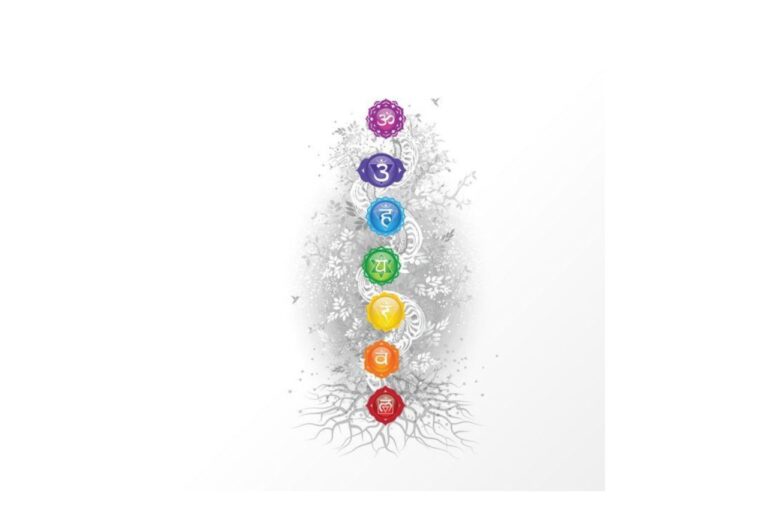There are several myths and misconceptions about Kalki, the prophesied tenth avatar of Vishnu, that have developed over time. These myths often blend with religious beliefs, cultural narratives, and speculative interpretations. Here are some common myths about Kalki:
Myths and Reality of Kalki Avatar
1. Immediate Arrival Myth:
Myth: Kalki will arrive imminently to solve current world problems.
Reality: According to Hindu scriptures, Kalki’s arrival is predicted for the end of Kali Yuga, which is still thousands of years away. The timeline is symbolic and not meant to be taken as an immediate event.
2. Born as a Human Myth:
Myth: He is already born and is living among us as an ordinary human.
Reality: While some spiritual leaders or figures have been claimed to be him, there is no scriptural basis for such claims. The birth of this avatar will be in the village of Shambhala and his divine mission are yet to happen according to traditional beliefs.
3. Global Catastrophe Myth:
Myth: This avatar’s arrival will coincide with global destruction and catastrophic events.
Reality: The primary role is to restore righteousness and eliminate evil, which might involve significant upheaval, but the focus is on moral and spiritual rejuvenation rather than physical destruction.
4. Literal Interpretation Myth:
Myth: Every aspect of Kalki’s story is to be interpreted literally, including the white horse and the blazing sword.
Reality: Many aspects of the Kalki narrative are symbolic. The white horse represents purity and strength, while the sword symbolizes the power to eradicate evil and restore justice.
5. Single Event Myth:
Myth: The appearance of this avatar will be a single, sudden event that changes everything instantly.
Reality: The transformation brought by this avatar is expected to be a process that involves significant changes over time, leading to the gradual restoration of dharma.
6. Exclusive to Hinduism Myth:
Myth: The concept of a savior or final avatar is unique to Hinduism.
Reality: Many religious traditions have similar concepts of a final savior or messianic figure who will come to restore order and righteousness, such as the Maitreya in Buddhism and the Mahdi in Islam.
7. Physical Warfare Myth:
Myth: This avatar will engage in physical battles with weapons to defeat evil.
Reality: While this avatar is depicted as a warrior, the battles may be symbolic of the struggle between good and evil, emphasizing the triumph of righteousness rather than literal combat.
8. Localized Impact Myth:
Myth: His impact will be limited to India or the Hindu world.
Reality: His mission is to restore global dharma, which implies a universal impact on the moral and spiritual fabric of the entire world.
9. End of the World Myth:
Myth: His arrival signals the end of the world.
Reality: Rather than the end of the world, his arrival signifies the end of Kali Yuga and the beginning of a new era (Satya Yuga) marked by truth, virtue, and righteousness.
10. Human Control Myth:
Myth: Humans can influence or hasten the arrival of Kalki through specific actions or rituals.
Reality: His arrival is determined by cosmic and divine timings that are beyond human control. It is part of the larger framework of Hindu cosmology.
Understanding these myths and the realities behind them helps provide a clearer picture of the Avatar, reinforcing the spiritual and ethical teachings associated with this significant figure in Hindu mythology.
Cultural Impact and Contemporary Relevance
The narrative of the Kalki Avatar has a significant cultural impact. It inspires literature, art, and spiritual discourses, reinforcing the values of justice, virtue, and faith in divine intervention. In contemporary times, the story of Kalki continues to hold relevance, offering hope and reminding society of the eventual triumph of good over evil.
The belief in this avatar also influences social and political thought. It underscores the importance of maintaining ethical standards and working towards a just society. The expectation of a future where righteousness prevails encourages individuals to act morally and uphold dharma in their daily lives.
Conclusion
The Kalki Avatar, as the tenth and final incarnation of Vishnu, represents a profound aspect of Hindu eschatology. The anticipation of Kalki’s arrival is deeply embedded in the spiritual consciousness of millions, offering a narrative of hope and the ultimate restoration of moral order. While deeply symbolic, the story of Kalki transcends mere mythology, providing a framework for understanding the cyclical nature of time and the eternal struggle between good and evil. Through this lens, Kalki serves as both a beacon of divine intervention and a moral compass guiding humanity towards righteousness.
Amidst the various myths and misconceptions surrounding Kalki, it is crucial to recognize the symbolic elements of his narrative. The depiction of Kalki riding a white horse and wielding a sword is not merely a literal promise of a future savior but a powerful metaphor for the purification and empowerment needed to eradicate evil. This symbolism emphasizes the importance of maintaining hope and faith in the face of moral decline, reminding adherents that the triumph of good over evil is an inevitable part of the cosmic order.
The cultural and spiritual impact of Kalki extends beyond religious texts and rituals. The narrative inspires art, literature, and discourse, reinforcing the values of justice, virtue, and faith in divine justice. In contemporary society, the story of Kalki holds relevance as it continues to offer solace and encouragement to those striving for a just and ethical world. The belief in Kalki’s eventual arrival underscores the importance of upholding dharma in everyday life, fostering a collective commitment to moral and ethical standards.
In essence, the awaited Kalki Avatar encapsulates a rich tapestry of myth, morality, and spiritual belief. While ancient prophecies provide vivid descriptions of his arrival, the true essence of Kalki lies in his role as a symbol of hope and the ultimate victory of righteousness. By understanding the deeper meanings and dispelling the myths, one can appreciate the profound teachings associated with Kalki, drawing inspiration to contribute towards a more virtuous and harmonious world.



